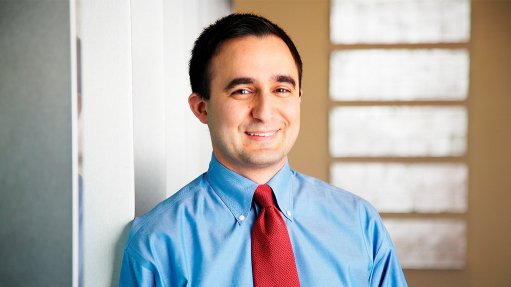
Boston Consulting Group’s Alan Iny
An international scenario planner has teamed up with conservation organisation WWF to chart scenarios for South Africa’s water future in light of the country’s precarious position as a water-stressed country, as well as the recent drought, which caused serious social and economic damage.
The Boston Consulting Group’s Alan Iny, who is an expert in scenario planning based in New York, says the exercise is designed to stimulate creative responses to the crisis and create a platform for governmental, nongovernmental and business stakeholders to collaborate on possible solutions.
A multistakeholder workshop was held in early February, information from which will be used to develop a report that will offer insight into how South Africa could prepare itself for four possible future scenarios, including one where the scarcity of water is the cause of social instability and economic decline. The report will be published during National Water Week, which runs from March 13 to 19.
The work is premised on warnings that parts of the country could face the prospect of physical water scarcity by 2025, which could become even more pronounced in the longer term as a consequence of climate change.
Iny tells Engineering News Online that he was encouraged by the willingness of participants to consider collaborative responses to the crisis, as well as to challenge prevailing assumptions about water and water use.
“It’s important to take advantage of this crisis by finding the political will to support innovative solutions to making things more sustainable in future,” he argues.
Potential areas of focus include dealing with South Africa’s current problem of water leaks, which is resulting in losses of around 37%, as well as addressing acid mine drainage, improving efficiencies in farming and investigation of further desalination options.
However, Iny believes there is also an opportunity to pursue prospects for ‘re-use’ as well as ‘fit-for-purpose’ models, such as introducing different categories of water much as there are different fuel grades. By doing so, it could be possible to ensure that drinking water is no longer used for flushing toilets.
His hope is that stakeholders and policymakers, in particular, will use the current crisis to reassess how they can establish a supportive climate for innovation and entrepreneurship in the water sector.
“Hope can we set in place the right conditions to ensure that South Africa is a real player in the global innovation ecosystem around water? How can we encourage entrepreneurial start-ups to come up with fresh solutions to desalination, or purification and leakage?”